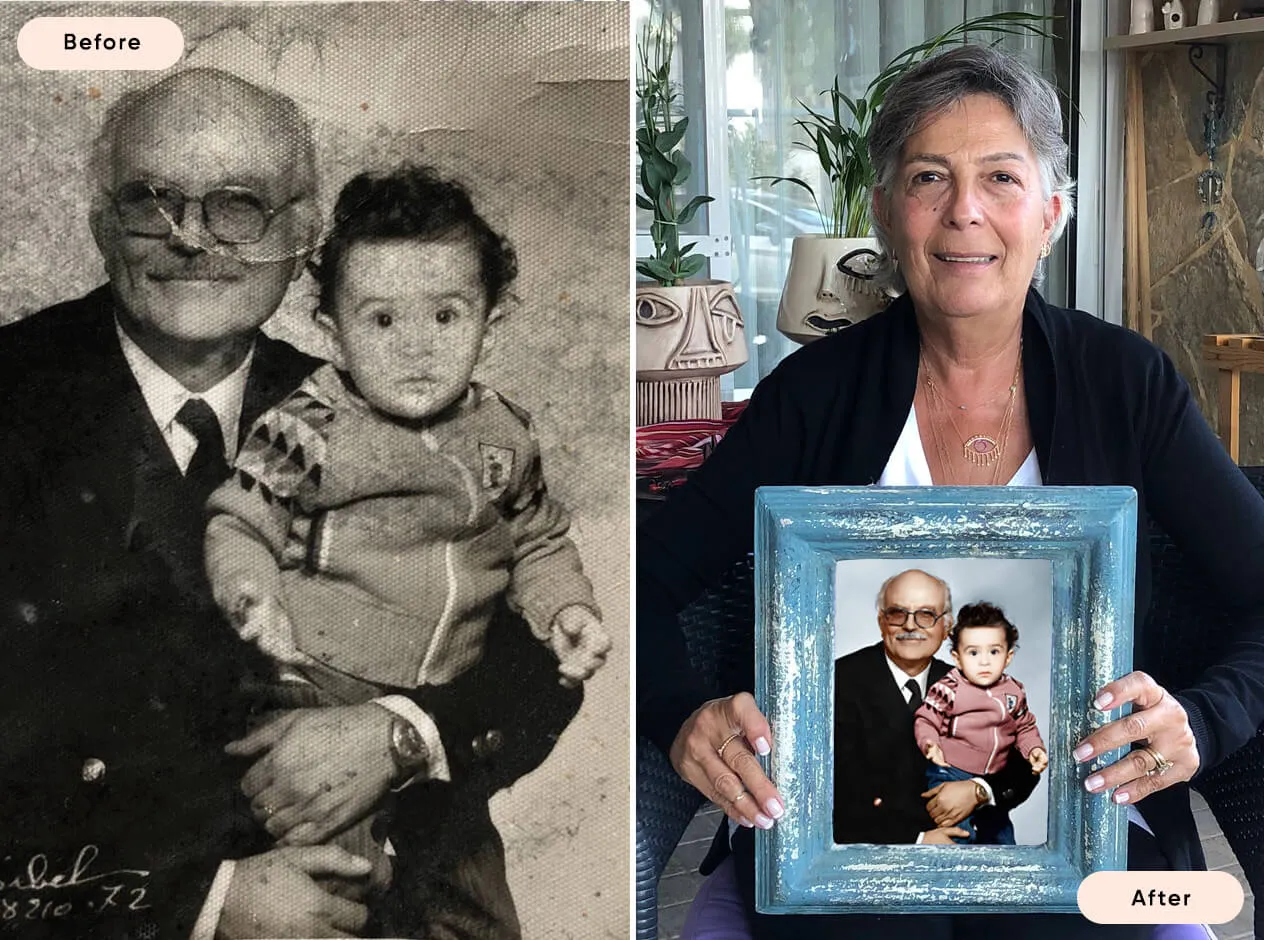Camera Shake
Camera shake is a common issue in photography that can ruin an otherwise perfect shot by introducing blur and reducing image sharpness. Understanding what camera shake is and how to prevent it can help you take crisp, clear photos in any situation. This article will explore the causes of camera shake and provide practical tips to avoid it.
What is Camera Shake?
Camera shake occurs when the camera moves while the shutter is open, causing the image to blur. This can happen due to unsteady hands, pressing the shutter button too hard, or using slow shutter speeds without proper stabilization. Camera shake is especially problematic in low light conditions, where slower shutter speeds are often necessary.
How to Avoid Camera Shake in Photography
Avoiding camera shake is essential for achieving sharp, high-quality images. Here are several techniques to help you minimize or eliminate camera shake.
Use a Tripod or Monopod
Tripod
A tripod provides the best stability for your camera, ensuring it remains completely still during the exposure. When using a tripod:
Choose a sturdy tripod: Invest in a high-quality tripod that can support the weight of your camera and lens.
Use the tripod on stable ground: Ensure the tripod is on a flat, solid surface to prevent any movement.
Monopod
A monopod offers more mobility while still providing support to reduce camera shake. It is particularly useful in situations where a tripod is impractical, such as in crowded areas or during active photography sessions.
Increase the Shutter Speed
Using a faster shutter speed can help freeze motion and reduce the likelihood of camera shake. As a general rule:
The reciprocal rule: Use a shutter speed that is at least the reciprocal of your focal length (e.g., for a 50mm lens, use a shutter speed of 1/50 second or faster).
In low light: Increase the ISO or use a wider aperture to maintain a fast shutter speed.
Use Image Stabilization (if available)
Many modern cameras and lenses come equipped with image stabilization (IS) or vibration reduction (VR) systems. These systems help counteract small movements and reduce camera shake.
Lens-based stabilization: Found in many telephoto and zoom lenses.
In-body stabilization: Available in some mirrorless and DSLR cameras.
Always enable image stabilization when shooting handheld, especially at slower shutter speeds.
Use Proper Camera Holding Techniques
How you hold your camera can significantly impact its stability. Follow these tips for better camera holding techniques:
Hold the camera with both hands: Place one hand on the camera grip and the other under the lens.
Keep your elbows close to your body: This provides additional support and stability.
Use your body as a stabilizer: Lean against a wall, tree, or another stable object for extra support.
Employ Remote Shutter Release or Timer Functions
Pressing the shutter button can introduce camera shake, especially when shooting at slower shutter speeds. Using a remote shutter release or the camera's timer function can help prevent this.
Remote shutter release: Allows you to trigger the shutter without touching the camera.
Timer function: Set a 2-second or 10-second timer to let the camera stabilize after pressing the shutter button.
Conclusion
Camera shake can significantly affect the quality of your photographs, but with the right techniques, it can be minimized or eliminated. Using a tripod or monopod, increasing the shutter speed, utilizing image stabilization, practicing proper camera holding techniques, and employing a remote shutter release or timer function are all effective strategies for avoiding camera shake. By incorporating these tips into your photography routine, you can ensure your images are sharp, clear, and professional-looking.

Or Get YourMoney Back
back your money in the rare case you are not satisfied with the quality of your
damage-free pictures. Only $38 for most image restorations regardless of damage

All rights reserved.